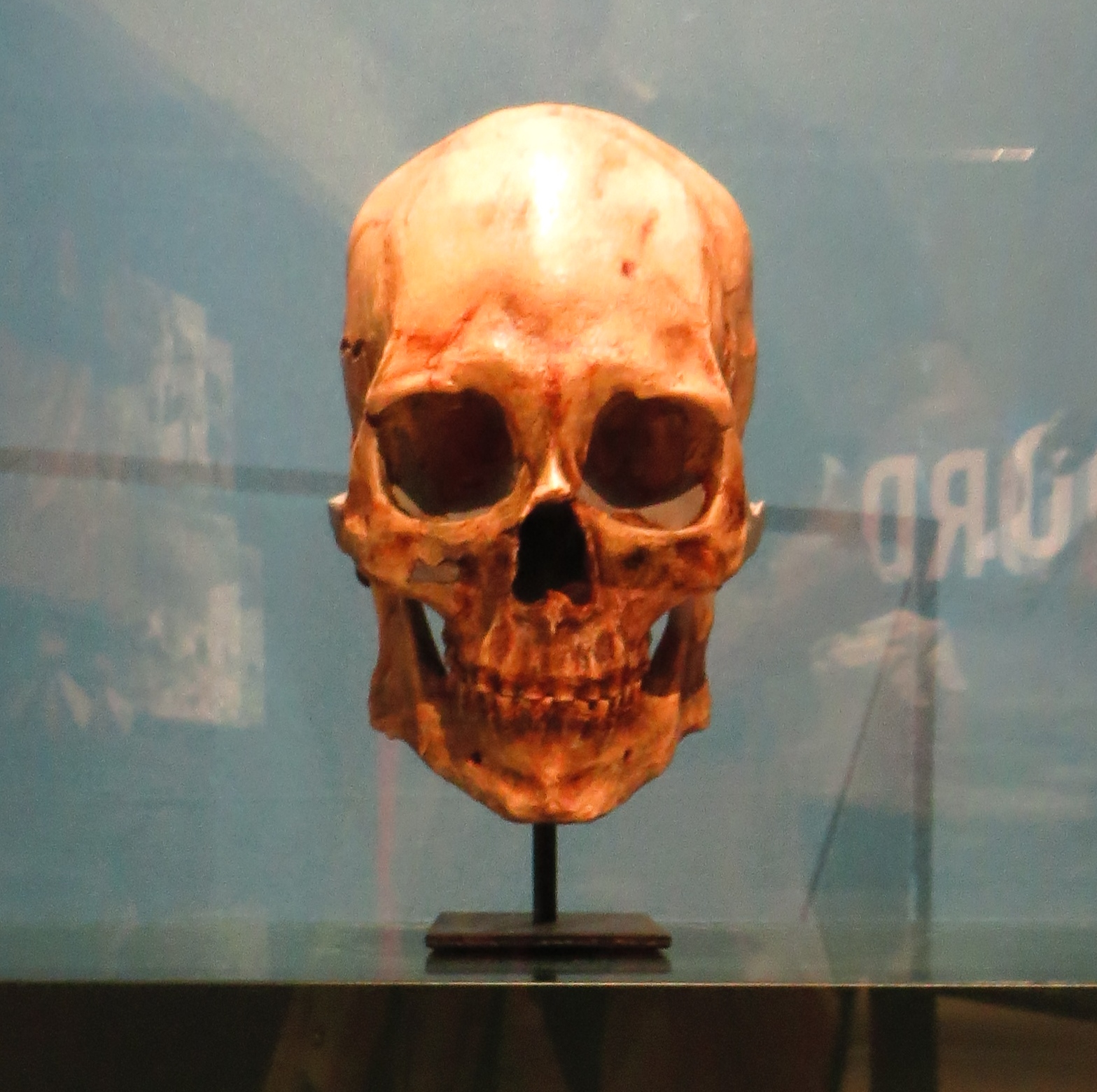“Earlier Than You Think” is a book by George F Carter
(1912-2004), who was a controversial American scientist, trained in archeology,
anthropology and geography. Carter argued that humans arrived on the American
continent already 100,000 years ago. The current consensus is 25,000 years ago,
while the consensus during most of Carter's professional career was 10,000
years (or even earlier). Carter was a kind of one-man minority within
archeology, and opponents dismissed artifacts collected by the maverick
professor as “cartifacts” proving nothing.
Carter's book is hard to read, and I admit that I only skimmed certain chapters. However, I suspect real archeologists might find Carter's detailed descriptions of supposedly ancient sites in California interesting, or at least intriguing. The author believes that America was colonized by several different waves of migrants. The earliest settlers were Neanderthaloid, Negritoid and Australoid (i.e. similar but not identical to Neanderthals, Negritos and Australian Aborigines). Later, an Ainu-like group entered America, and even later the Inuit. A curious trait of Carter's theory is that he's unsure of whether Mongoloid Paleo-Siberian migrants ever reached the Americas. In the established scenario, these are the direct ancestors of the American Indians (Native Americans). Instead, Carter argues that the American Indian population is a racial mixture of much later arrivals from Europe, Africa, Polynesia and Asia. Here, Carter makes a tie in to hyperdiffusionist speculations about “pre-Columbian contacts”, popularized by Thor Heyerdahl and others. On this particular point, the scientific consensus is still very much anti-cartifact, but on any other issues the pendulum is slowly moving in the author's direction.
Thus, it's accepted today that America was settled by different peoples from Asia, and that one early group (represented by the famous fossil known as Kennewick Man) resembled the Ainu. My impression is also that it has become somewhat easier to propose earlier dates than 25,000 BP (itself a radical proposal once) or discuss whether Stone Age peoples could have reached the American landmass from the east. The discovery of Homo erectus fossils in Indonesia and Australia shows that pre-sapiens man was no stranger to migration and may have been more intelligent than hitherto expected (how did Homo erectus reach the island of Flores?). The idea that the Neanderthals, or their evolutionary cousins, could have settled America suddenly doesn't sound so farfetched anymore…
Carter was strictly scientific and didn't believe in Atlantis or ancient aliens á la Däniken. In fact, he explicitly rejects both in his book. Instead, “Earlier Than You Think” is filled with references to the kind of super-boring scientific papers we all loved to hate in college, such as “Evidence of Asiatic influence on Texas Pleistocene Technology. Manuscript in possession of L W Patterson, Houston, Texas” or “Early Man in northern Yukon Territory. Perspectives as of 1977. Occasional Papers, no 1”. It takes a very special kind of patience to sift through such material, probably even more than the amount needed for a standard archeological dig! Of course, Carter's speculations became part of the cultic Atlantis-prone milieu anyway, but it seems the time is near when the cartifacts will be redeemed and allowed to enter the hallowed halls of Real & James Randi Approved Science!

No comments:
Post a Comment